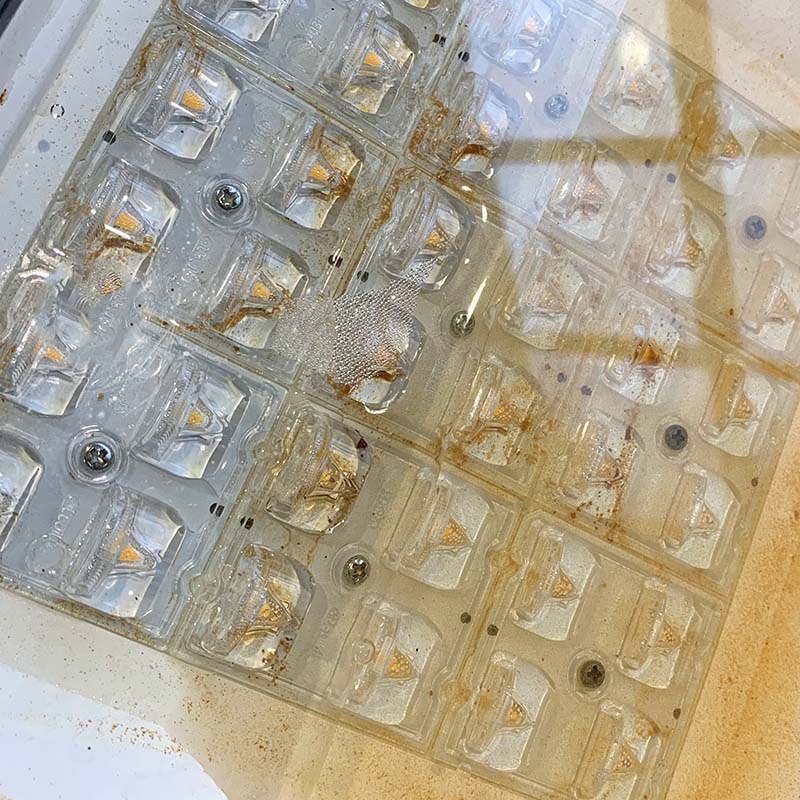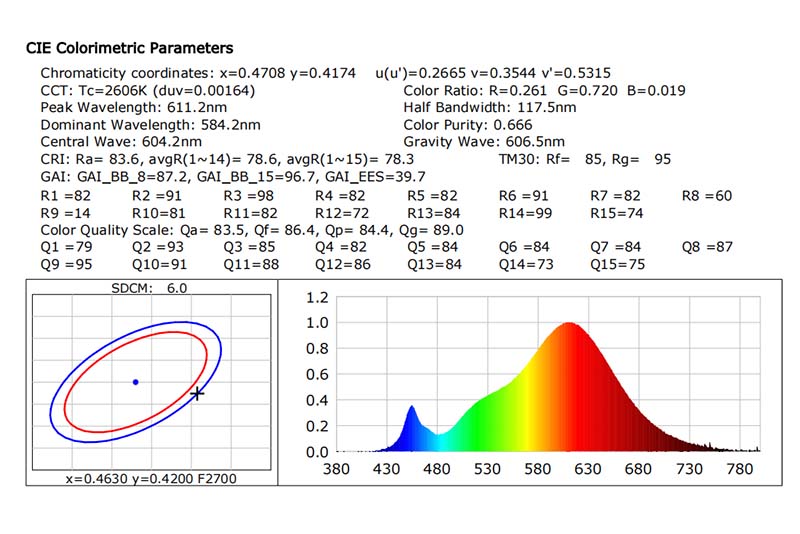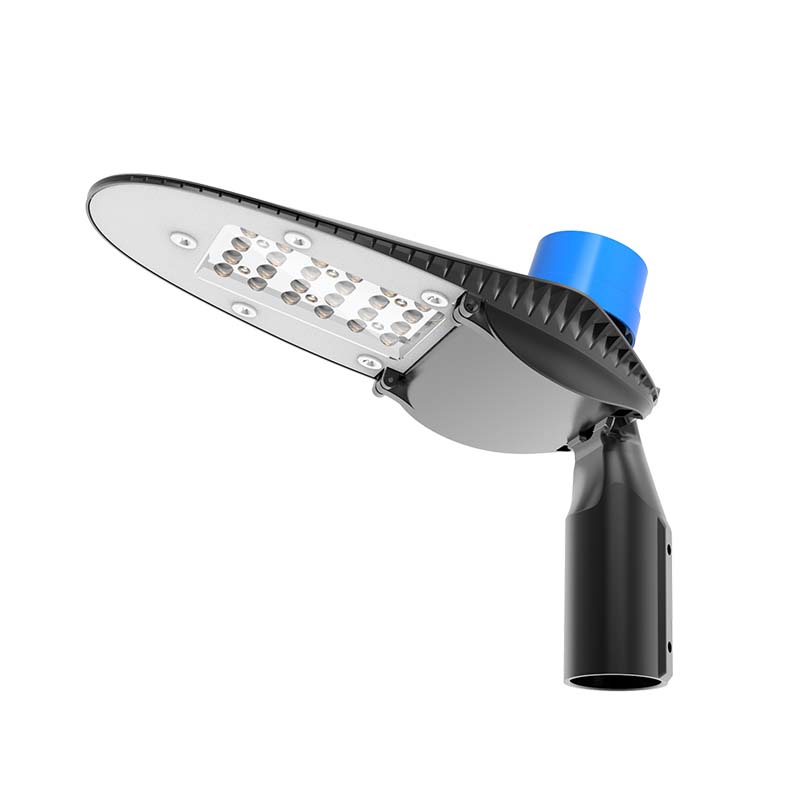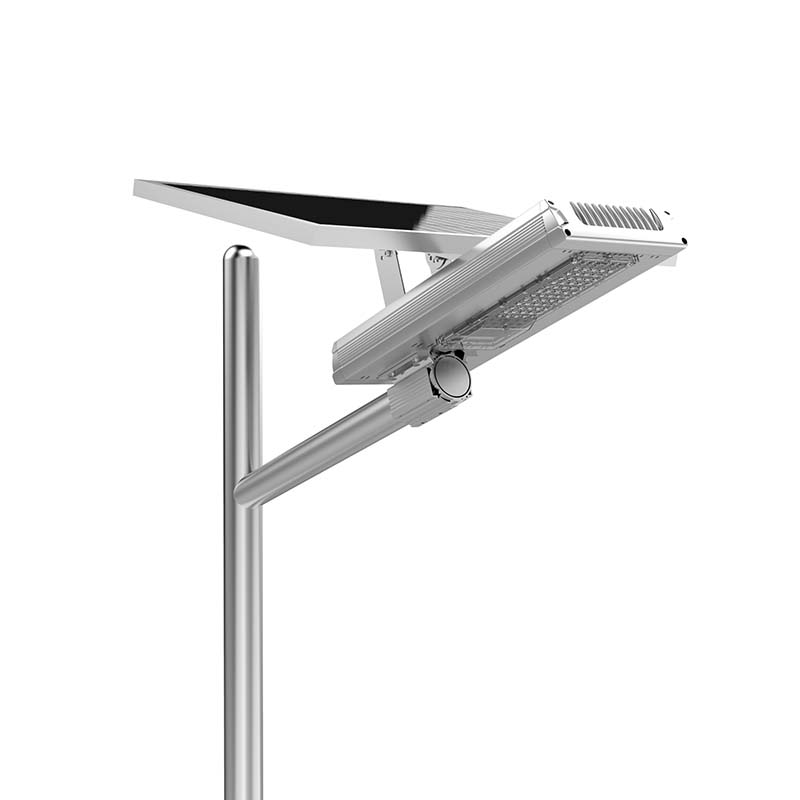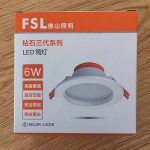When you’re looking for LED streetlights, you want to buy the right ones.
You might be wondering:
- What’s the difference between cheap low-quality LED streetlights and the pricier high-quality ones?
Well, in very few words, low-quality LED streetlights don’t last as long as their higher-quality counterparts.
So, you may save some money at the beginning.
But you may have to spend more on maintenance and even replacement in the long run.
To buy LED streetlights, it’d be better to choose the high-quality ones.
Below are 9 things you should consider when buying LED streetlights.
These ideas are verified by various projects that BackMorning worked with customers in the past.
And some of those projects were household names in their countries.
1. Consider your installing environments
It’s important to remember that working environments have great impact on the durability of streetlights.
You need to consider where you’re installing your LED streetlights.
And choose the right features and parameters accordingly.
Below are some typical examples:
- By the seaside – consider the impact of salt spray on the painted surface and the corrosion of the lamp body
- In windy and sandy places – Need to pay attention to IK level, as well as to prevent sand buildup affecting heat dissipation
- In areas with unstable voltage, or high mountains or places with many thunderstorms – Generally choose wide voltage drivers (90 – 260v), or even ultra-wide voltage drive (90 – 400V) and equipped with independent lightning protectors (Higher lightning protection levels and wider voltage ranges)
- Whether the ground wire is needed – Need to configure according to CLASS I or CLASS II
2. Typical quality issues that BackMorning has seen
2.1 Water leakage is one of the most common quality issues for LED streetlights.
Some samples have this issue right in our qualification tests.
Some have water inside after the light is installed for a while.
A streetlight is installed in a spot where it is likely to be hit by raindrops.
And even if not hit by raindrops, it may absorb the moisture in the air.
Both can cause water leakages and will damage the entire unit.
- Therefore, make sure you will buy a good streetlight that is really waterproof!
Many manufacturers and installation companies underestimate the importance of waterproofing.
- They don’t estimate such issues and try their best to avoid in advance.
- Have to pay a lot of after-sales and maintenance costs in the long run.
2.2 Another typical quality issue with LED lights is driver failure.
Some of their entire PCB board burns out, while some MOVs fail.
- This may be caused by lightning or fluctuations in the power grid.
- Or simply because the quality of the lights is not good.
Drivers are responsible for supplying electricity to the circuits.
So that LEDs can be powered up and dimmed properly.
3. Consider good heat dissipation – Important for streetlights’ lifespan
Heat dissipation is important.
- LEDs may have only 30% of the initial luminous flux if not well designed or made.
- This may be a result of the negative impact of excessively high temperatures.
In that case, we can say such LED streetlights lose their illumination.
- In theory, the lifespan of high-power LED street lights is 3.5 million hours.
But the key point is to have good heat dissipation capabilities.
Always good to make sure that your streetlight has good heat dissipation.
Better to do temperature measurement tests before making purchase decisions.
3.1 In order to have good heat dissipation, consider SMD LED technology for your streetlights.
This LED technology is better than COB LED technology in terms of thermal management.
The SMD LEDs usually have larger direct contact surfaces for better heat dissipation.
3.2 Meanwhile, consider designs that separate the light source and the power supply.
Better not to have an integrated design that keeps them in one unit.
This will help prevent heat from building inside the light.
3.3 Better to do temperature measurement tests for streetlight projects.
It’s not easy to get the temperature data of LED streetlights.
Even if you have the testers, you still may not get the right without optimum skills and experience.
Therefore, it will be better to work with a professional testing company on this subject.
Do some tests to make sure the light has good thermal performance.
You can consider BackMorning for such a test.
In case, you don’t know another quality inspection company yet.
4. Consider less about the parameter UGR
The UGR indicates the extent to which streetlights can cause discomfort to people depending on their position to the light source.
The parameter UGR is less important for streetlights than it is for interior lighting.
This is not a good indicator of streetlights’ quality.
Below is a screenshot of BackMorning’s UGR test report.
It gives you an idea about how data looks like.
Lighting designers usually ask BackMorning to do independent optical testing of LED streetlights.
The purpose is to provide them with IES\LDT files for installation simulation.
So they can verify the light distribution and other performance of the streetlights.
5. Considering Ra > 70 for streetlights will be fine.
Ra value is a critical parameter for measuring LED lights’ color rendering.
However, it is less important when choosing the right streetlights.
- This is because you light up the roads so people can go safely at night.
- You don’t need to light with high Ra to distinguish different colors very well.
Technically speaking, it is possible to make LED streetlights with Ra > 80.
But this is more than necessary for its application.
- If you see LED streetlights with R > 70, it doesn’t mean their quality is not good.
Remember this.
6. Consider luminous flux efficiency 110LM/W – 150LM/W
Luminous flux efficiency is a measure of how much of the luminous flux is emitted by a light source.
It is defined as the ratio of luminous flux (in lumen) to rated power (in watt).
It is one of the most important metrics for selecting good-quality streetlights.
It shows how well a streetlight produces light.
A higher value means better performance.
- Most typical LED streetlights have luminous efficiency of 110LM/W – 150LM/W.
This range has a good balance between costs and performance.
Some LED streetlights have luminous efficiency of more than 180LM/W.
Needless to say, they are superior in terms of performance.
But they are dramatically more expensive in terms of costs.
7. Don’t need to consider excessive Luminous flux efficiency
Guess you might think that the higher the luminous flux efficiency, the better.
While this is true to a certain extent.
Particularly, if your application needs lots of light (like lighting up a stadium).
But for LED streetlights, choosing good quality with lower lumen outputs should suffice.
You should consider another important thing – light distribution.
This is because some areas need more light than others.
For example, you don’t have to light up the grass by the roadside.
Take this into account when deciding about which LED streetlight will work best for your specific project’s needs.
Below is a screenshot of BackMorning’s light distribution diagram sample.
Hope it gives you an update about this parameter.
8. Consider some additional features for streetlights
It would be good for LED streetlights to have some additional features.
They include but not limited to the 3 features below:
8.1 Timer switch
This feature allows you to set a specific time for the light to go on / off according to your schedule.
It makes the lighting accurate on time without manual operation.
The timer switches are particularly useful for parking lots and garages.
Since no one work is around there at night.
8.2 Smart LED driver
It’s good to have some kind of sensor and program inside the circuit.
They can offer additional functions and bring additional benefits.
One of the possibilities is to add a daylight sensor.
So the streetlights can work with different brightness for different time of day or seasons.
The daylight sensor works by sensing daylight intensity through its photocell.
And then adjust the brightness of its LEDs accordingly.
So, they are not too bright when there’s plenty of natural light available
But can still provide enough illumination when sunlight is scarce.
This feature can be helpful if you live in an area where days get longer than nights during spring time (or vice versa).
9. Don’t consider solar streetlights for busy areas of the city
Solar streetlights are not a good pick for streets in the city.
There are two reasons.
The first reason is solar streetlights are not as stable as the AC ones.
- On the one hand, the capacity of the battery may not be enough
- On the other hand, the battery has capacity decay
The second reason is the city is full of tall buildings.
And, there can be trees that will shade the solar panels.
The solar panels may not be able to receive enough sunlight for sufficient capacity in the city.
Therefore, it’d be better not to install solar streetlights in the busy areas of the city.
- Installing conventional AC streetlights will be a more logical choice.

Six Sigma Green Belt.
Third-party quality inspector focusing on LED lighting.
15 Years' experience of supplier quality management.



